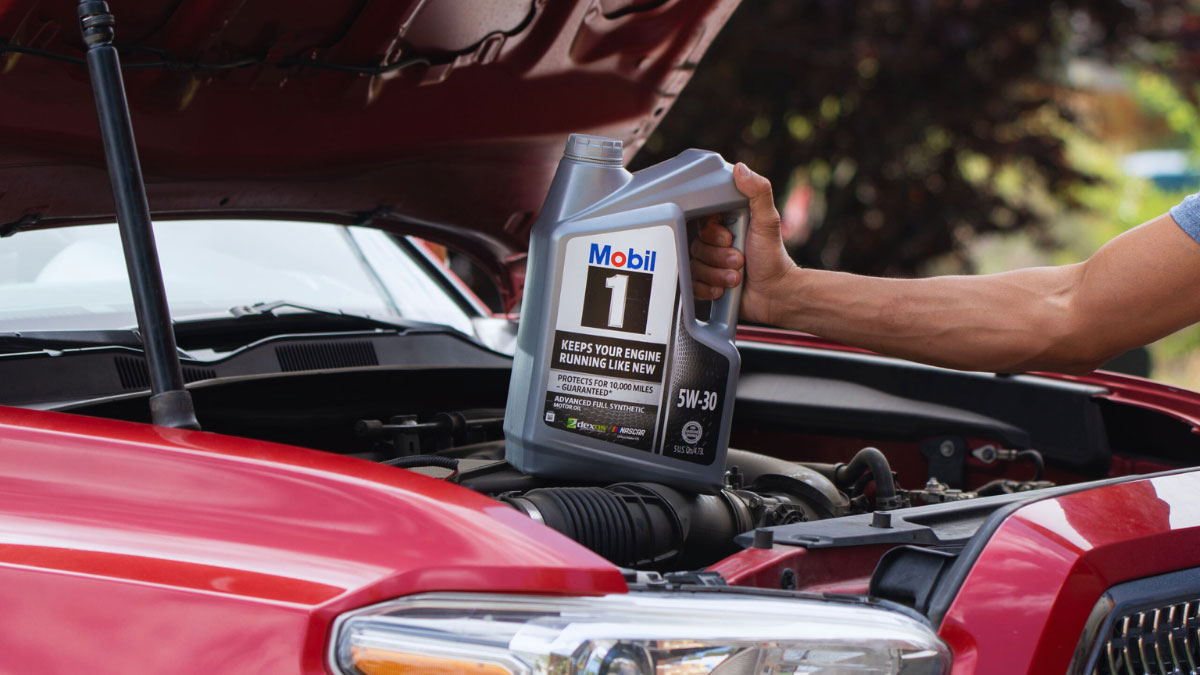Ever wondered what could go wrong if you treat your car’s engine like it’s a thirsty camel in the desert, pouring in more oil than it knows what to do with? Well, buckle up, because I’ve got some oily tales to spill! Picture this: you’re standing there, oil can in hand, feeling like a mechanic extraordinaire, and suddenly, you hear your car whisper, “Whoa there, buddy, slow down with the liquid gold!”
I’ll let you in on a little secret – cars aren’t big fans of swimming in oil. It’s like trying to run a marathon in a swimming pool; things are going to get messy real quick! So, if you’ve ever been tempted to give your car an oil bath, stick around as I jump into the slippery consequences of overfilling that engine with more lubricant than it knows what to do with.
Risks of Overfilling Your Car’s Oil
Ah, the joys of car maintenance, where a little mistake can lead to big troubles! Let’s jump into the risks of overfilling your car’s oil and the potential chaos that ensues.
Engine Damage and Wear
Overfilling your car’s oil can turn your engine into a slipping and sliding disco ball – fun for a party, disastrous for your vehicle. The excess oil creates extra pressure, putting a strain on the engine components. It’s like asking your engine to run a marathon with a backpack full of rocks. Not a pretty sight, trust me.
Oil Leakage and Pressure Issues
Picture this: your car, feeling like it just downed a gallon of oil, starts leaking like a sieve. Overfilling can cause leaks as the excess oil finds any nook and cranny to escape from. The pressure inside the engine also spikes, leading to potential gasket failures and oil seal breaches. It’s like trying to contain a water balloon in your hands – slippery and messy.
Potential for Catalytic Converter Problems
Let’s not forget about the catalytic converter, the unsung hero of emissions control. When you overfill your car’s oil, the risk of oil reaching the catalytic converter increases. This can lead to overheating, clogs, and eventually, a converter that’s as useful as a chocolate teapot. Save yourself the trouble and stick to the right oil levels – your car will thank you!

Symptoms of Excessive Oil in Your Car
I once made the mistake of pouring too much oil into my car’s engine – let’s just say it wasn’t my finest hour. Here’s what happens when you overdo it:
Unusual Engine Noises
So, you’re cruising down the road, feeling like you own the world, when suddenly, your engine starts making noises that could wake the neighbors three blocks away. Yep, that’s one of the signs of too much oil in your car. The excess oil can create bubbles and foaming, leading to erratic engine sounds that are far from the smooth purr you’re used to. It’s like your car is trying to communicate through Morse code, but all it’s saying is, “Help, I’ve got too much oil!”
Smoke from the Exhaust
Imagine this: you’re parked at a light, feeling all cool until you look in the rearview mirror and see smoke billowing out of your exhaust like you’re auditioning for a Cheech and Chong movie. Excessive oil can cause the engine to burn oil irregularly, resulting in that embarrassing smoke show that screams, “Look at me, I have no idea what I’m doing!” Trust me; it’s not the kind of attention you want.
Oil Splatter Under the Hood
You pop the hood of your car, ready to show off your non-existent mechanical skills, only to be greeted by a scene straight out of an oil wrestling match. If you see oil splattered all over the engine components, chances are you’ve overdosed your vehicle with the slippery stuff. The excess oil increases pressure inside the engine, causing leaks and turning your once pristine engine bay into a greasy mess. It’s like your car is staging a protest against your oil-pouring skills – a messy, messy protest.
What to Do If You Overfill Your Oil
So, you’ve accidentally turned your car engine into an oil slick. No worries, we’ve all been there! Here’s how to handle the situation without slipping up even more.
Checking Oil Levels with a Dipstick
When you realize you’ve gone overboard with the oil, it’s time to whip out that trusty dipstick. Think of it as playing the oil level limbo – how low can you go? Insert the dipstick, give it a wipe, re-dip, and check where the oil level sits. It should be within the recommended range. If it’s doing a high dive, you’ve got excess oil to deal with.
- Stay Calm: Panicking won’t un-oil your engine. Take a deep breath – in, out, focus.
- Drain Some Oil: Get under that car (safely now! No action movie stunts). Locate the oil drain plug and loosen it to let out the excess oil. Catch it in a container; we’re not creating a driveway rainbow here.
- Check Again: Once you’ve drained a bit, check the oil level using the dipstick. Repeat until you’re back in the safe zone.
- Tighten Up: Don’t forget to tighten the drain plug back in place. We don’t want any spontaneous oil redecorating.
- Dispose of Excess Oil: Don’t just toss it in the trash! Take it to a proper disposal facility – Mother Nature will thank you.
- Catch a Breath: You didn’t just change your oil, but you came out a bit wiser. Feel that mechanic prowess!
Phew! Crisis averted, excess oil dealt with, and engine breathing a sigh of relief. Remember, it’s all about that oil balance dance – not too much, not too little, just right.
Conclusion
Well, folks, we’ve learned today that too much oil in your car’s engine is a recipe for disaster. From engine damage to oil leakage, it’s like a chaotic oil party under the hood. Those strange engine noises and smoke signals? Not a good sign, trust me. But fear not, my friends! If you find yourself in an oily mess, whip out that dipstick, drain the excess oil like a pro, and tighten that plug like you’re sealing a secret. Remember, disposing of the extra oil is key – no backyard oil spills allowed! So, keep that oil level in check, folks, and your car will thank you with purrs of delight.
Frequently Asked Questions
How can overfilling a car’s engine with oil impact the vehicle?
Overfilling a car’s engine with oil can lead to engine damage, wear, oil leakage, pressure issues, and catalytic converter problems. This can manifest through symptoms like unusual engine noises, exhaust smoke, and oil splatter under the hood.
What should you do if you overfill your car’s engine with oil?
If you overfill your car’s engine with oil, you should check the oil levels with a dipstick, safely drain the excess oil, tighten the drain plug, dispose of the extra oil properly, and ensure the oil level falls within the recommended range. Maintaining correct oil levels is crucial for optimal vehicle performance and longevity.

